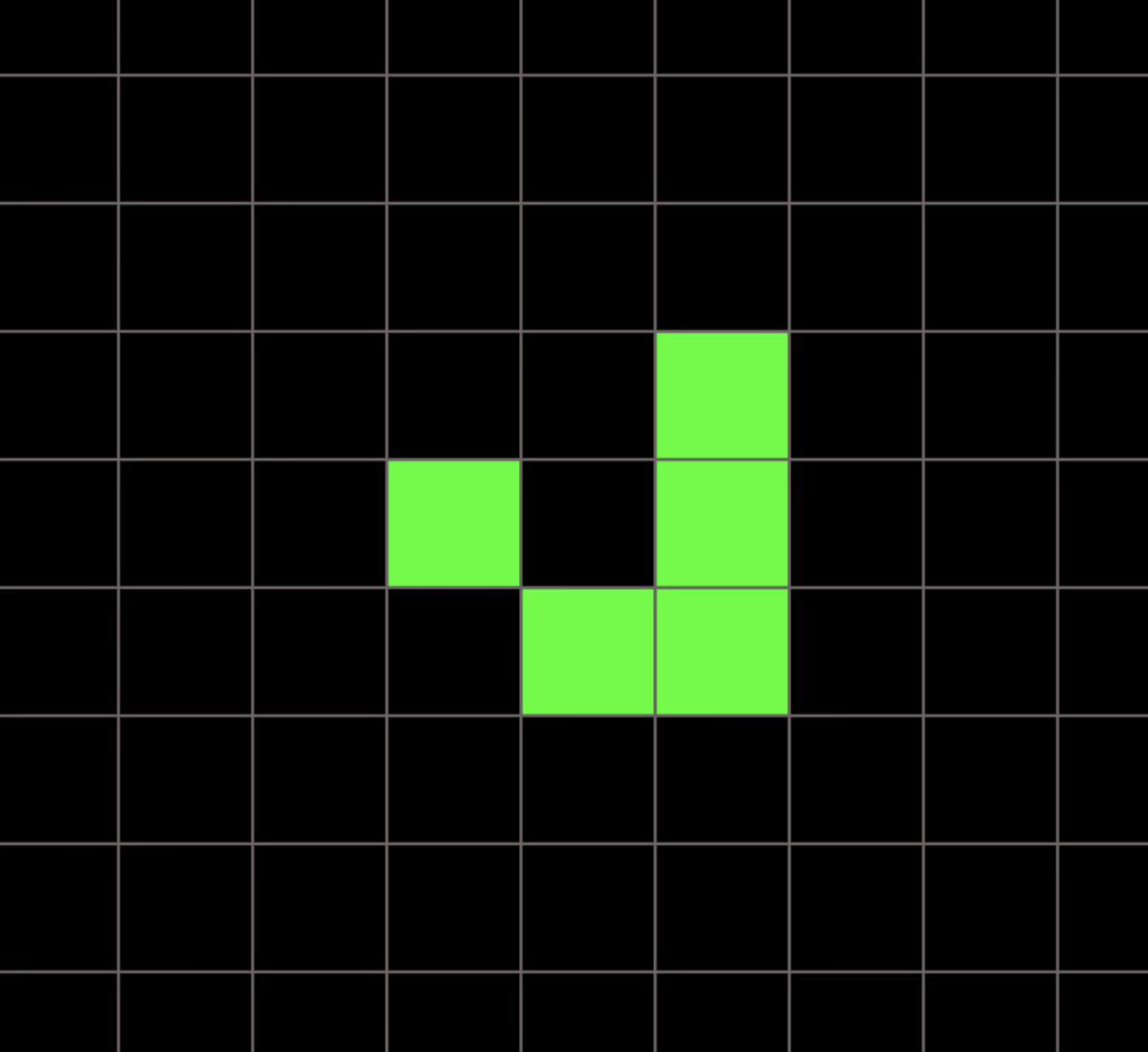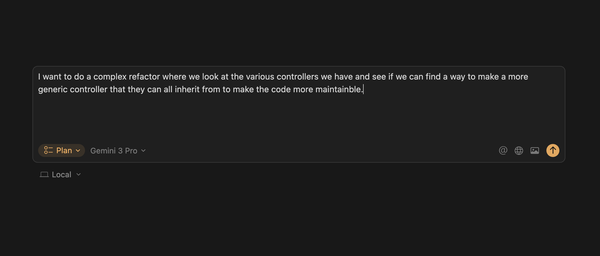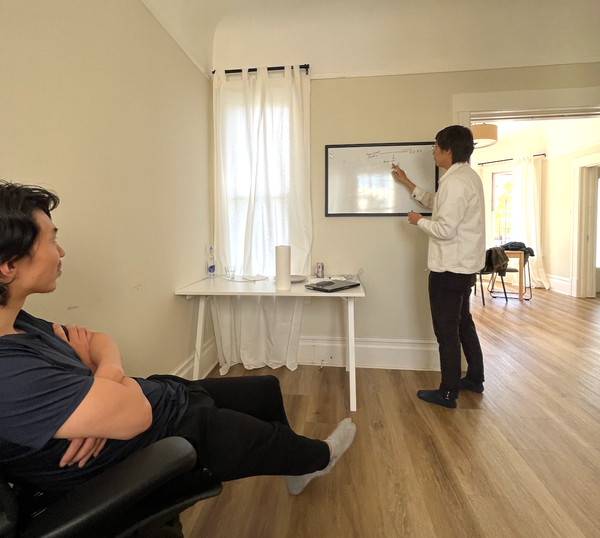10 Years of Getting Things Done
Being somewhat of a productivity junkie and seeker, when I talk to people they are interested and curious about the different tools and…

Being somewhat of a productivity junkie and seeker, when I talk to people they are interested and curious about the different tools and methods I use for staying productive as a working father of two. So I thought I would share.
I believe in systems over tools when it comes to productivity. It doesn’t matter which app you use, and funny enough that’s the most common question people ask (OmniFocus BTW). Systems are better than tools.
What’s a productivity system? It’s a habit that you train yourself on so that when you put something in, you get something predictable out. In this case, I put in reminders of work, typically items in a list and then I use a system to make sure that those items are reviewed and acted upon at the right times.
I have been using a modified version of David Allen’s Getting Things Done system. There are books written on GTD and the only two you should read are David’s Getting Things Done, the OG, and Making it all work, which is a more pragmatic sequel.
What follows are some of the core tenants, and some areas where I have strayed from the path to great effect.
The Core principle of GTD
The heart of GTD is the notion that your brain will not stop reminding you of something until you can prove that you will get it done.
Why do you remember things in the wrong locations and bad times? Your brain is worried that it won’t get it done and thinks that it’s important. Why does your mind believe that it’s important? Because you thought about it, told someone about it, or made a commitment to yourself or others about it. These are called Open Loops, and the goal of GTD is to organize and close them.
When you get in the habit of writing everything down, and reviewing that information, you will find that your mind is clearer and you have that nagging feeling like you are forgetting something a lot less.
Capture
I capture everything, as quickly as possible, using a tool called OmniFocus. I have it on my Mac and my iPhone, and it Control + Alt + Command + Space is the most common shortcut key I use on a daily basis.
The Inbox
The GTD inbox is different than your email inbox. The GTD inbox is a list of next actions that you want to get done but have not yet organized.
Projects
Projects are any endeavor that takes more than 1 action to complete. Yes, you will have a lot of projects and at this moment, I have nearly 47 of them in the active state. Some are as simple as Fix lights in the bathroom and some are as complex as Family Photo Backup.
Next actions
The core unit of work in GTD is the next action. When you add items to your inbox, they must be next actions. Next actions are actionable. If you fill your inbox with items that are not actionable, you get stressed. When you frame your to do or item as a next action, you get it done.
Example:
[ ] Write a blog post
That’s not helpful. A blog post about what? You can’t do anything with that action.
[ ] Come up with three ideas for a blog post
[ ] Write a post of a book review of Better Faster
Context
One of the defining features of the GTD system is the idea of context. Most productivity systems use priorities to help determine what to do when. These systems also fall apart because we are terrible at objectively assigning priorities, a priori.
Instead of priorities, each next action has an accompanying Context that represents where the action can be completed. Where can be a physical location, a virtual location, with a person, or even in a state of mind. My most full Contexts are:
- Online
- Code
- Waiting
- Anywhere
- Christina
- Home
- Errands
Going back to my Fix bathroom lights project, I have three next actions that I need to take to finish the project and notice that each have a different Context.

Embracing Context was a watershed moment for me. When you get in the habit of attaching a Context to each next action, it allows you to get things done a lot faster. Let me explain.
When I go to the store, I pull out OmniFocus and switch to the Errands Context. This narrows my list to a list of actions that I can complete when I am “out and about” running errands. The key is that I added these items in advance. I don’t need to remember at the moment what I need from the store. When I am riding on the train, I can pull out OmniFocus and sort my Context by Email, allowing me to get emails done, or at least pre-written so that when I get to the office or a coffee shop I can let them fly. The name of the game here is efficiency. I will only see those email next actions when I am in a place where I can act on them. Why should I see a list of things I need to buy when I am on the train? That’s a waste of energy unless I am doing a review.
The review
The Review is a simple process whereby you review all of your projects, inbox zero, check off the next actions that you have done, add some new ones, and remove things that are no longer important.
I deviate quite a bit from the book on this one. GTD recommends doing a weekly review by blocking in time on a Monday or Friday. I have tried this over the years and failed every time. There is something about that rigidity that doesn’t fit into my reality as a worker in a startup with a busy home life. Instead, I do a daily review.
Yes, a daily review! Each day, I take stock of all the things that I have committed to getting done. At first, it was overwhelming, yet; it has become one of the best parts of my day. I try and do it as early in the day as possible so that I can make sure that I am working on the most important things each day. Since I use OmniFocus for everything, it also reminds me of fun things that I want to plan with my family, books I want to read, scripts I want to write, and projects I want to keep pushing forward or drop altogether. The whole process takes around 20 minutes. When I am feeling extra busy, I will block off a longer session a few times a week where I can be more reflective and perform a brain dump.
Brain dump
Exactly as it sounds, you take everything that is floating around in your head and put it to paper (or OmniFocus). I mean everything!
- Buy cat food
- Book a trip to Egypt
- Write down what happened with Phil
- Do something romantic next month
- Send an SEO timeline to Brad
- Read Intercom’s How we Build Software post
- Get back to Dad about the cottage
Everything has to go! Don’t stop until you have sparse thoughts floating around in there. I used to do this quite formally every month but found that I wasn’t keeping to it. Now I do one, whenever I need to, typically every 2–3 weeks or when I am kicking off a new project at Tilt.
David recommends using physical index cards for this, and I did just that for 2years. Index cards don’t have Wifi (yet…), so you are less tempted to check email or Slack when doing a brain dump on paper. However, if you can resist, I recommend using OmniFocus, it reduces a step.
The final word on the brain dump is that everything goes into your inbox. Don’t try and sort things into projects at this time, in fact, remember my rule about items being next actions, you can throw that away here too. The goal is to get what is in your head out. Then, when you have more energy or time, you can organize those thoughts and create projects and next actions from them.
Do and delegate
The last part of the system is the Do and Delegate rule. GTD purists won’t even add something to their inbox if:
1. You can do it in less than 2 minutes
2. You can delegate it
I break from convention here and find that I capture **everything** in my inbox. Even if it’s a trivially small task or something, I plan to delegate. The reason is that I started getting sloppy over the years and would start not adding items that I thought would take less than 2 minutes, only to find they took much longer. Over time I would drop the ball on these. So now, I capture everything.
Waiting
A pro tip that David doesn’t spend as much time on as I think he could is the Waiting Context. Anytime I am waiting for something from someone, I add it to my inbox and assign it a Waiting context. Every few days, I scan my Waiting list and usually cross off a lot of items or send a few follow-ups. Recently I have been getting sloppy here, and it shows as I find colleagues are bugging me for things, not the other way around. The more you capture the open loops that are in someone else’s court, the more productive you will be.
The main loop, deciding what to do next
The hardest part of GTD is deciding what to do next. If you follow the principles in the book you end up with all of your work cut out for your in projects and next actions, now you have to decide what to do. In all of David Allen’s literature this where he says the least and for a good reason; David can’t tell you what to do. I will show you how I do it to give you a starting point, but I don’t recommend following it, you need to find what’s right for you.
My main loop looks something like this.
- What is my 80% focus and how will I move that closer to completion today?
- What is my 20% focus and how will I move that closer to completion today?
- Do I have any meetings today that require me to prep?
- Do I have any commitments due in the next few days?
- How much time and energy do I have?
At work, I have an 80% project and a 20% project. The 80% project is something that if completed, will drive 80% of the results I have committed to / Tilt needs. My 20% project is an area that I am seeing a signal and want to explore more deeply. If I don’t make progress on both of those projects on a given day, it’s been a bad day.
I try and avoid meetings as much as possible, but when I have them, I try my best to be as prepared as possible. I check my calendar the night before or first thing in the morning and make sure that I add any actions to my inbox to get me prepared for those meetings.
In pure GTD, you will never need due dates. You add items to your inbox, organize them into projects, review those projects regularly and never miss a deadline. Life isn’t so clean. I will occasionally put due dates on items that must get done by a certain time if others are relying on me for their work.
Finally, time and energy. If I have a lot of time and a lot of energy, I might explore my projects in OmniFocus and work on something big, like say, a treatment for a movie. Conversely, on most days, I have high energy and low time. In which case I will look at my Emails Context in OmniFocus and hammer out as many emails as I can.
I am constantly mindful of the main loop given how important it is to the whole process. GTD is only as good as the work it helps you get done, and the algorithm or routine you use to decide what to do next is critical. I try and organize my life around the big rocks, and this translates to a Sunday evening ritual where I plan my upcoming week by laying down the big rocks first: family time, exercise, nutrition reminders, reading, skill acquisition, etc. The rest tends to be just sand.
Weaknesses
My system is far from perfect; I am currently working on the following challenges.
- Over communicating progress on projects and finding a way to use OmniFocus to remind me to do this
- Managing slack, Facebook, email, and text as input channels and remembering to capture them into my system.
- Working effectively with my calendar and OmniFocus.
- Working with other people’s productivity systems
- Integration with higher level organizing tools like Trello
At the highest level, I find myself coming home with the feeling that I did so much work but accomplished so little more often that I would like. This tells me that my actions are not aligned with my highest priorities, that I am not being productive, or stuck in the thick of thin things. I need to spend some time and make sure that I am properly aligned and will hopefully find some time to do just that this weekend.
Are you into GTD? Does it work for you? Have you found a better system? What modifications do you use? I am truly interested and always want to make my system better. Let me know in the comments or hit me up on Twitter before it gets gobbled up by SalesForce ;)




